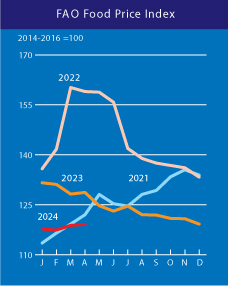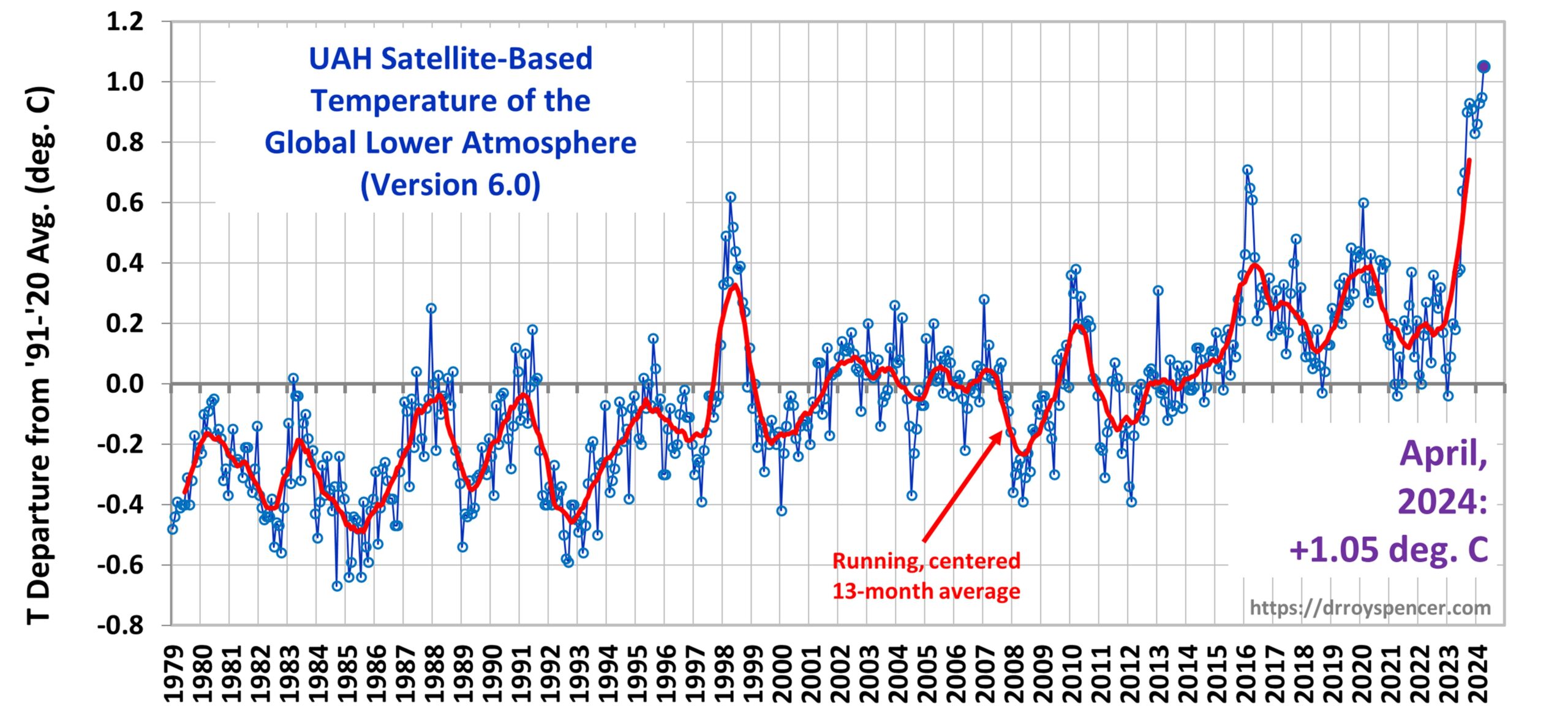We've speculated that Chinese companies were tipped by the government/party to transform currency into commodities as the yuan weakened from 6.80 to buy a dollar to 7.24.
However, after last night's action we may have to put that theory on the back burner for a bit.
Here's six months of yuan vs dollar, down is stronger yuan:

TradingView
And from Reuters via the Bangkok Post April 29:
In the eastern Chinese port of Dongying, the start of
2024 has often seen several tankers docked simultaneously discharging
Russian crude oil into a new 31.5-million-barrel storage facility
completed late last year.
It is, traders say, all part of a
concerted and deliberate Chinese effort to build up strategic stockpiles
for a perhaps uncertain future.
Estimates of China's total strategic energy reserve vary from 280 to
400 million barrels, the upper amount exceeding the US Strategic
Petroleum Reserve at roughly 364 million. China consumes some 14 million
barrels a day of oil in peacetime.
What does seem clear, however, is that China is deliberately
stockpiling at speed, part of a much wider national effort to accumulate
essential raw materials and resource.
When it comes to energy, much of the new inflows now come primarily
from Russia, whose energy exports to China rose by roughly one quarter
last year to a record 2.14 million barrels per day.
That makes the Kremlin Beijing's largest energy supplier for the
second year running, overtaking Saudi Arabia -- and allowing China to
benefit from substantially discounted Russian oil as US and Western
sanctions have turned away multiple other buyers since Vladimir Putin's
2022 invasion of Ukraine.
Beijing's stockpiling of oil is just one example of what appears a
broad national effort to significantly increase the holdings of key raw
materials. It is a move that some increasingly suspect is intended to
help insulate Beijing against any future war or international sanctions,
such as those that might be sparked by a potential Chinese invasion of
Taiwan.
In a piece for international affairs and conflict blogging site "War
on the Rocks" published on April 17, Mike Studeman, former commander of
the US Office of Naval Intelligence and intelligence and director of the
US Indo-Pacific Command, argued that this was part of a much wider
process.
"Xi Jinping is preparing his country for a showdown," he wrote,
describing the Chinese leader as "militarising Chinese society and
steeling his country for a potential high-intensity war."
Part of that, he suggested, included building up strategic stockpiles
of essential goods and resources, protecting China against the kind of
sanctions imposed on Russia after its Ukraine invasion -- or, indeed, a
militarily enforced blockade as part of a regional or global war.
Other examples of heightened preparedness, he said, included the much
higher tempo of Chinese military operations around Taiwan -- designed
to both exercise China's military and implicitly threaten the government
in Taipei with the consequences of its own total military blockade.
US officials say they believe Mr Xi has given his armed forces until
2027 to be prepared to invade Taiwan, although those inside and outside
the US government remain divided on whether a decision to actually
attack has genuinely been made.
This week, the outgoing head of the US Indo-Pacific Command said
Beijing was continuing to plough resources into its military despite
economic turmoil caused by a real estate crisis and a slump in US-China
trade.....
...China's government buyers have never been ones to turn down a
bargain, frequently building up their national stockpiles when
short-term prices fall. Newly imposed Western sanctions on Russian
nickel, aluminium and copper that entered force this month are seen as
likely to spur further Chinese buying.
When it comes to lithium, a vital component in many types of battery,
Beijing has bought up not just stock but also processing facilities and
mines, including overseas.
In March, investment bank UBS estimated that China might control a
third of all global lithium supply as soon as 2025, again exploiting a
price crash to further build its holdings....
....MUCH MORE
We still think the PBOC and the government will resume the slow motion devaluation but there is always the consideration of the couple trillion in dollar-denominated debt that gets tougher and tougher to service, much less pay off, as the yuan gets weaker.












